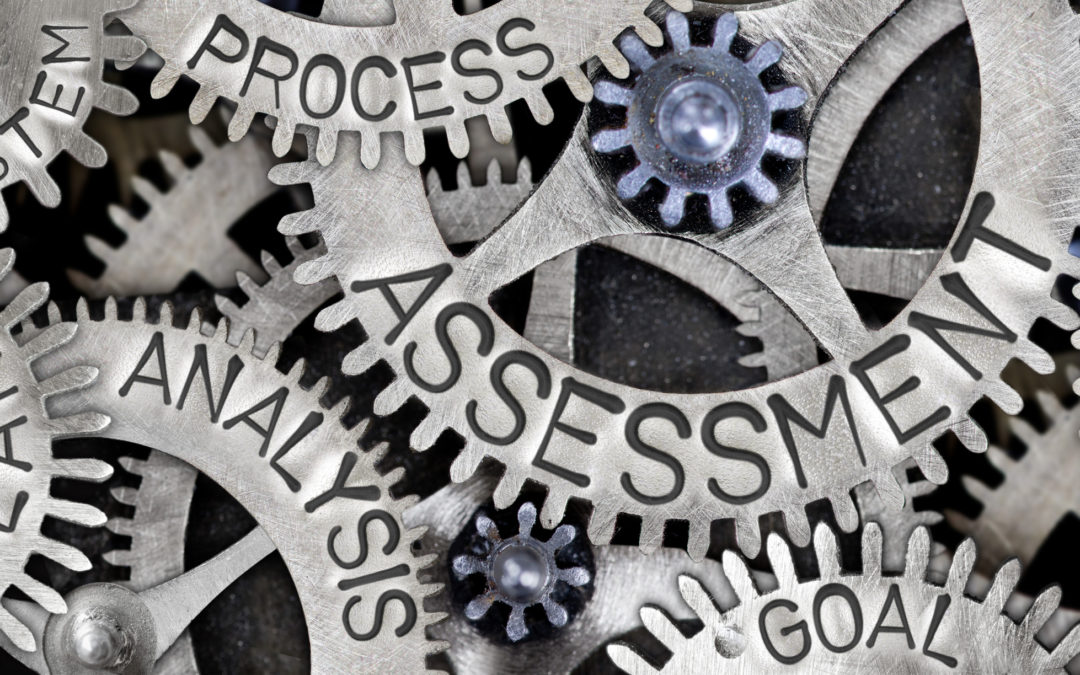Making City Decarbonization Real: Boston Uses Rigorous Analysis to Measure and Track Impact of Policies and Strategies

The recent IPCC report concludes that to avoid the worst effects of global warming, the entire global economy has to plan to reduce emissions by 45% by 2030 and 100% by 2050. These targets are consistent with the targets set by most of the cities we profile in our Life After Carbon book. To date, however, only a small subset of governmental entities, national or sub-national, have committed to this level of performance.
For even the leading-edge cities, making a commitment is not the same as having a rigorous data-driven strategy for getting there – much less actually implementing the strategy. So what does it take to develop a decarbonization plan that you can have confidence in? How do you know if a plan is real vs. one that is just wishful window dressing?
We have gotten a peak into the nitty gritty of this process from co-author John Cleveland’s work with the Green Ribbon Commission in Boston and the city’s “Carbon Free Boston” initiative. The Commission is a voluntary CEO network that supports implementation of Boston’s Climate Action Plan. In a process that began over three years ago, the Commission agreed to help the city develop a serious strategy for getting to carbon neutrality by 2050. The end goal would be a report, and an accompanying policy modeling platform that could quantify the most effective combination of technologies and policies to reduce GHG emissions across the energy, buildings, transportation, and waste sectors. Both are now scheduled to be delivered to the city by the end of January 2019. They will be used to inform the update of the city’s Climate Action Plan, which will include detailed five-year implementation roadmaps for priority strategies.
Getting to this end point has proved to be a long, complicated, and expensive process. The first challenge was simply figuring out what a rigorous emissions reduction plan should look like, and what kind of analysis was needed to support it. Fortunately, we had some good guidance on the desired content of a report, including the "Framework for Long-Term Deep Carbon Reduction Planning" that our non-profit, the Innovation Network for Communities, developed for the Carbon Neutral Cities Alliance (CNCA) several years ago. We also had examples of exemplary plans developed by a number of the CNCA cities to draw upon.
What these materials didn’t tell us anything about was the structure of the underlying analytical tools that were needed to be confident that strategies laid out in the plans would actually produce the intended results. It turned out that cities were taking several different approaches to this, at different levels of complexity. The most basic version was to use simple spreadsheet calculations based on a city’s emissions inventory that estimated the amount of GHG reductions that would be produced by different technology outcomes – such as retrofitting of existing buildings, installation on on-site solar, reduced VMTs, etc. A slightly more sophisticated approach was the use of third party “technology” modeling platforms, such as E3 Pathways software, or the Stockholm Environment Institute’s LEAP (Long-Range Energy Alternatives Planning) software. These softwares are able to show the projected emissions profile of specific technology end-games, but they are not able to assess the ability of any strategies or policies to achieve those end games. The most sophisticated approach involves the development of a policy modeling platform with separate models for the energy supply, transportation, buildings and waste sectors. The only other city in the US that we found had developed such a model was New York City, which had created a policy modeling platform for its 80X50 plan.
We ended up partnering with Boston University’s Institute for Sustainable Energy to design and develop the policy modeling platform and produce the “Carbon Free Boston” report. They convinced us it was worth it to take the more sophisticated approach, because it would add more rigor to our results, and also create an on-going tool that the city could use to assess policy choices in the future. Making this choice significantly increased the cost (the total project budget exceeded $1 million) and the time required to produce the “Carbon Free Boston” report.
The buildings sector model will give you an idea of the sophistication of the resulting tool. The modeling team divided the city’s 630 million square feet of building stock into 15 different building types with four different age classes, based on changes in the building code. This created 60 separate building typologies. Our buildings contractor (Arup) developed a separate energy model for each typology and then calibrated the models to actual energy data shared by our electricity and natural gas utilities. These models were linked to the city’s assessor database so that there was in effect an energy simulation model for every parcel in the city. This overall model now allows us to simulate the emissions impact of implementing a broad range of energy efficiency, renewable energy, and thermal decarbonization strategies over different building types and different time horizons.
Similarly sophisticated models were developed for the energy, transportation, and waste sectors. These now allow us to measure the impact of different city policies and strategies on emissions levels, and track whether they have the intended effect over time. The analysis, of course, is just the start of the process. What will really matter is the development and execution of implementation strategies.
While a simple stroke of the pen can signal a Mayor’s commitment to an aggressive emissions reduction target, the “devil is in the details” – these commitments don’t mean much if they are not backed up by rigorous analysis and disciplined execution.
And as the IPCC report reminds us, this has to happen not just in a handful of innovator cities, but the entire global economy. Are we up for that challenge?
After the "Carbon Free Boston" report is completed (watch this site to download a copy in late January), the long-term strategy is for the Institute for Sustainable Energy to develop a slightly more generic version of the policy modeling platform that can be used by other municipalities. The Institute hopes to create a Center for City Climate Modeling that can offer open-source access to the modeling code, and advise cities on how to customize the platform to their unique circumstances.


